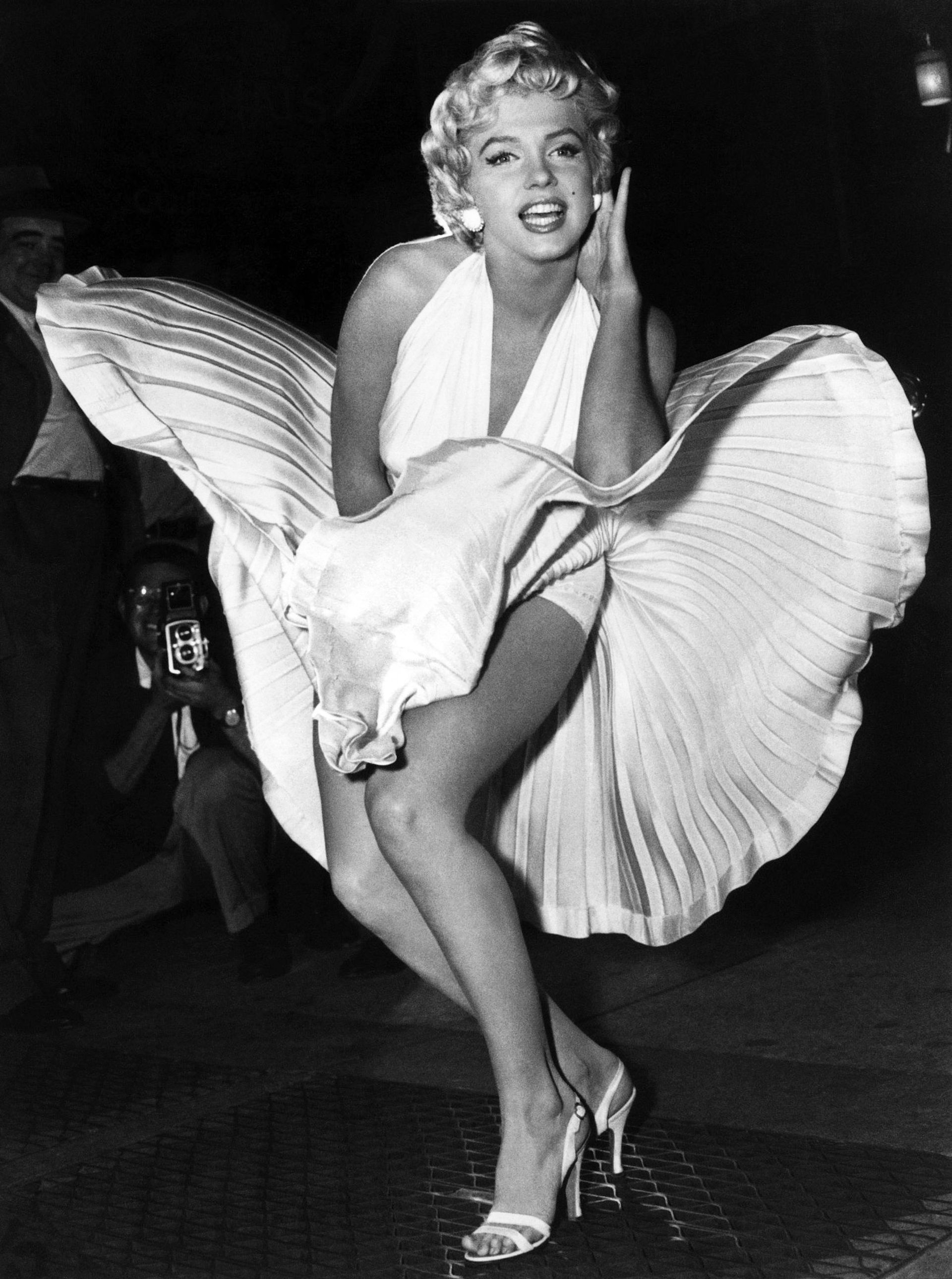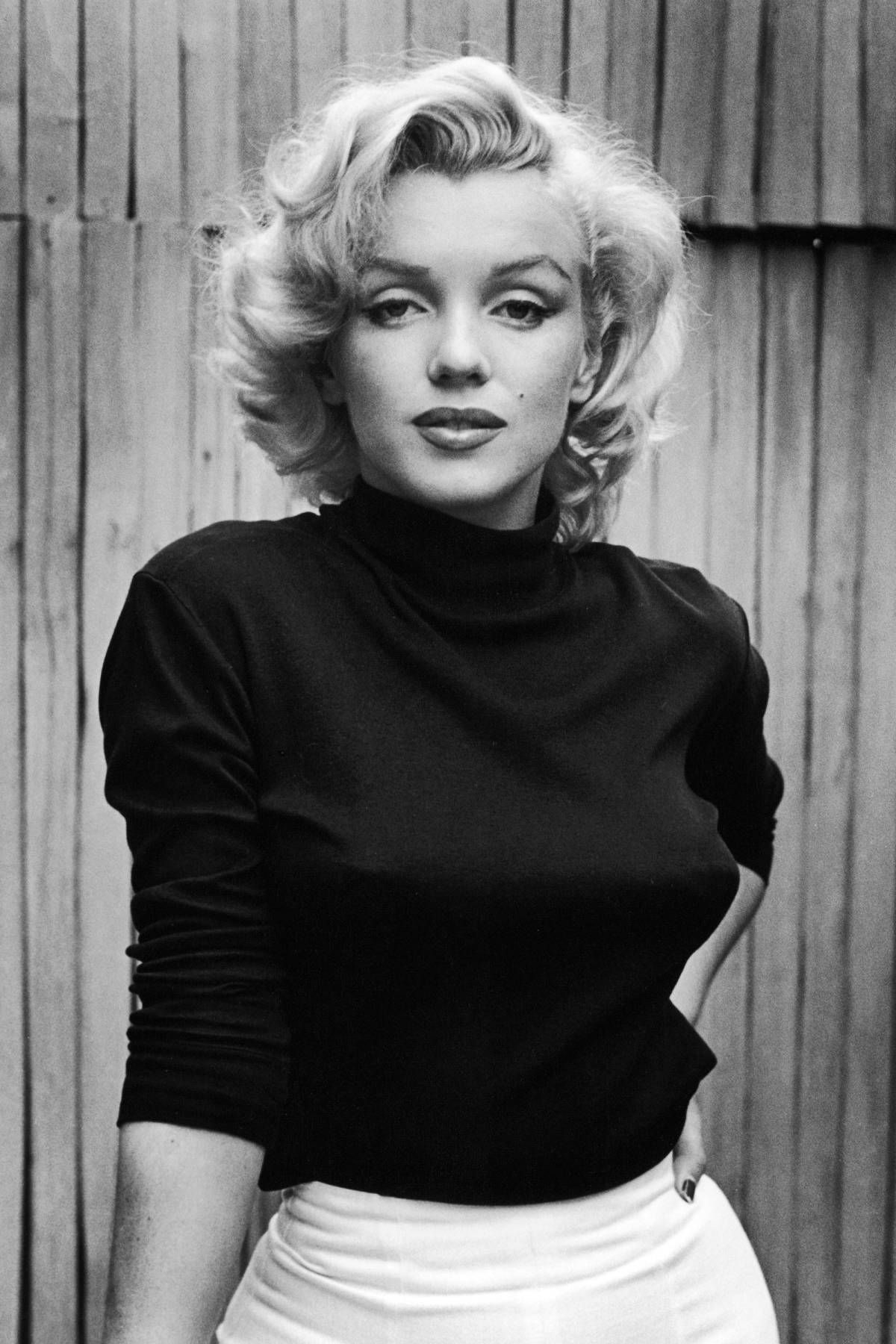Why is Marilyn Monroe a Gay Icon?
Why is Marilyn Monroe a beacon for the gay community? Why does Monroe's glamorous yet tragic story continue to capture the imagination of gay audiences? Let's dig in to this stalwart in the gay icon pantheon.
"Isn't It Delicious?" - The Allure of Camp Aesthetics
Susan Sontag, a renowned cultural critic, famously remarked, "Camp sees everything in quotation marks." And who better encapsulates this than the vivacious Marilyn Monroe? When she strutted down the catwalk or flashed that million-dollar smile, it was as if every move had an extra flourish, a wink to the audience. And that, folks, is the embodiment of Sontag's 'Camp' aesthetic - exaggerated, theatrical, and oh-so-delicious.
According to Sontag's essay, "Notes on Camp", published in 1964, "Camp is a woman walking around in a dress made of three million feathers." Now, Marilyn Monroe never actually wore a three million feathered dress (as far as we know), but with her flamboyant charm and melodramatic acting style, she didn't need to. She was camp personified.
Blonde Ambition - The Resilience that Resonates
Dr. Diana Fuss, a professor at Princeton University, once explained that "identification is a powerful psychological process." We see someone who embodies something we admire or relates to our own experiences, and boom! - instant connection. And boy, did Marilyn embody resilience. Despite facing numerous setbacks, she rose to stardom and left an indelible mark on the world.
In an interview with Life Magazine in 1962, Monroe said, "I don't mind living in a man's world as long as I can be a woman in it." Her sheer grit and unwavering commitment to her identity have made her an icon not just for the gay community, but for anyone facing adversity. In other words, she's the human embodiment of hitting the proverbial fan and saying, "Bring it on!"
Defying Norms and Embracing the Marginalized
Transgression. Now, that's a hefty word. But not for our Marilyn. She wore it like a badge of honor. Jack Halberstam, a gender and queer theorist, believes that transgression is attractive, especially to marginalized communities. This allure is embodied by female celebrities who step outside societal norms and redefine expectations - something Monroe did with grace and gusto.
Marilyn Monroe, with her blonde bombshell image and sexual prowess, was always seen as a bit of an outsider, pushing the boundaries of the buttoned-up 1950s society. And yet, it was this very image that resonated with the gay community - a group well-acquainted with feeling like outsiders themselves.

The Mirror Image - Seeing Ourselves in the Stars
Ever look in the mirror and think, "Hey, is that a bit of Marilyn in me?" That's Lacan's Mirror Image theory at work. The French psychoanalyst Jacques Lacan believed that we form our identities by recognizing ourselves in others. And who wouldn't want to see a bit of Marilyn in themselves?
Marilyn Monroe was a cocktail of strength, vulnerability, glamour, and grit. And these are traits that resonate deeply within the gay community. We see her, and we see ourselves - our struggles, our aspirations, and our unabashed flamboyance. We see a mirror image that says, "You are seen, and you are fabulous."

"We're All Born Naked, and the Rest is Drag" - The Divine Femininity and Androgyny Theory
Remember when Judith Butler stormed the intellectual world with her groundbreaking theory on gender performativity? It's all about how we perform gender, rather than inherently possess it. Marilyn Monroe, with her exaggerated femininity, exemplified this theory with every sway of her hips and pout of her lips. Monroe's performance of femininity has long been a source of identification for gay men who might not have the societal license to express such behavior.
Monroe's embrace of her femininity didn't come without criticism. In an interview with Photoplay magazine in 1953, Monroe once remarked, "I don't mind being ogled, ridiculed, reduced to a sex object...as long as it's done with some finesse." This statement captures her understanding of the performative aspects of her feminine image, much like drag queens or gender nonconforming individuals in the gay community who may adopt similar elements of exaggerated femininity.
I Am Because We Are - Homosocial Desire Theory
There's no denying it. Marilyn Monroe had a certain something that brought people together. According to Eve Kosofsky Sedgwick, renowned author and queer theorist, this something falls within the realm of Homosocial Desire. It isn't always about romantic or sexual attraction; instead, it speaks to the intensity of bonds that form within a community. For many gay men, idolizing Monroe wasn't about wishing to be with her but about being a part of something bigger - a shared appreciation and sense of community.
Celebrating the Outsider - The "Other" Theory
How did the dazzling Marilyn Monroe become such an enduring symbol for the gay community? Simone de Beauvoir, the matriarch of modern feminism, might have a theory. In her work "The Second Sex," de Beauvoir posits that women, like gay men, are often seen as the 'Other' in a heteronormative society.
Monroe, with her overt sexuality and disregard for societal expectations, was viewed as an 'Other,' much like the gay community has been throughout history. This resonance forms a powerful bond, creating a feeling of identification and solidarity.
In a 1956 interview with The New Yorker, Monroe mused, "People had a habit of looking at me as if I were some kind of mirror instead of a person." This statement speaks volumes about her status as the 'Other,' constantly under scrutiny and never quite fitting in.
She's Not Like Other Girls - Transgressive Theory
Lastly, let's not forget about Transgressive Theory, posited by cultural theorist Jack Halberstam. Transgression is all about boundary-breaking, challenging societal norms, and carving out your own niche - and Monroe was a master of it all.
Whether she was lighting up the screen with her performances or boldly challenging the executives in Hollywood, Monroe was anything but conventional. And this defiance of norms, this daring to be different, makes her a figure to be admired. Her story serves as a beacon of hope for every person who has ever felt like they don't quite fit in.
In sum, Marilyn Monroe's iconic status among the gay community can be understood through a multitude of theories. Yet, beyond these intellectual lenses, Monroe's allure lies in her indomitable spirit, a radiant symbol of resilience and authenticity in the face of adversity.
Gay Icons of the 1930s and 1940s
Gay Icons of the 1950s and 1960s
Gay Icons of the 1970s and 1980s
Gay Icons of the 1990s
Gay Icons of the 2000s
Fictional Gay Icons
Wonder Woman
Julia Sugarbaker (Designing Women)
Buffy Summers (Buffy the Vampire Slayer)
Blanche Devereaux (Golden Girls)
Patsy Stone (Absolutely Fabulous)
Miranda Priestly (Devil Wears Prada)
Karen Walker (Will & Grace) (have pics)
Samantha Jones (Sex and the City)
Ursula the Sea Witch (The Little Mermaid)










